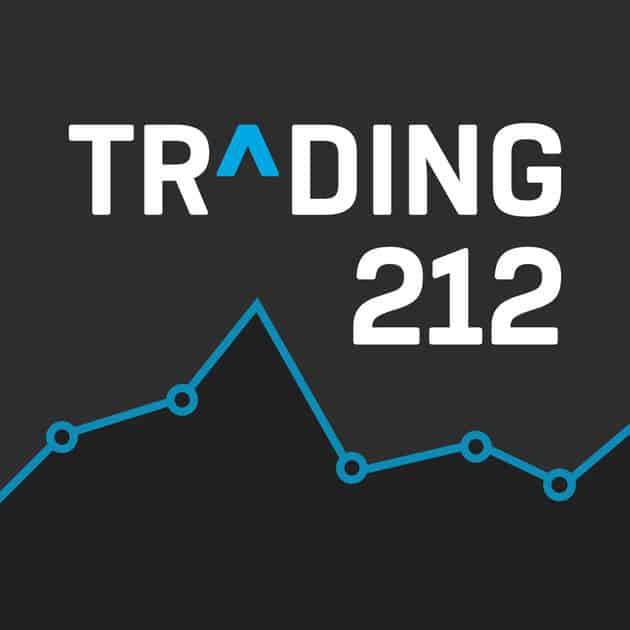Investment risk refers to the possibility that the actual returns on an investment may differ from the expected returns. This could mean losing some or all of your initial investment, or it could mean your returns are lower than you anticipated. Understanding risk is crucial for any investor, especially for those just starting out, as it helps you align your investment choices with your financial goals and tolerance for uncertainty. Risk is inherent in all investments, but the key is finding the right balance between the potential for returns and the level of risk you’re comfortable with.
Let’s look at a few types of risk when it comes to investing:
The risk that the overall market will decline, affecting the value of all investments, regardless of the specific company or asset. E.g. A downturn in the global economy or a major financial crisis can reduce the value of your investments, even if the companies you invest in are performing well.
The risk that rising interest rates will decrease the value of bonds or other fixed income investments. E.g. If interest rates increase, the value of your existing bonds might drop because newer bonds offer higher returns, making your bonds less attractive.
The risk that you won’t be able to quickly sell an investment for a fair price, or at all, when you need to access your money. E.g. Real estate or private equity investments may be difficult to sell quickly without sacrificing value, unlike stocks or ETFs.
The risk that inflation will erode the purchasing power of your returns. Even if you make a profit, inflation could reduce the real value of that gain. E.g. If inflation rises significantly, the return on a savings account or a fixed-rate bond might not keep up with the cost of living, reducing your real income.
The risk that fluctuations in currency exchange rates will affect the value of international investments. E.g If you invest in a US stock and the value of the pound falls relative to the dollar, your returns could be negatively impacted when converting profits back to pounds.
Risk tolerance is a personal measure of how much risk you are willing to take with your investments. Several factors contribute to determining your risk tolerance:
The length of time you plan to keep your money invested. The longer you have until you need to access the money e.g., for retirement, the more risk you can typically afford to take.
Your investment objectives, whether for short-term goals like saving for a house, or long term goals, like retirement. If you’re saving for a deposit on a house in the next 3-5 years, you might want to take on less risk to protect your savings, compared to someone saving for retirement in 30 years.
How much volatility you are comfortable with in your investments. Some people can handle large swings in value, while others may become anxious if their investments lose value in the short term.
The amount of financial flexibility you have in case an investment doesn’t perform well. If you have a secure income, savings, and no major debts, you might be in a better position to take on higher investment risk compared to someone who is relying on their investments for immediate income.
Diversifying your portfolio means spreading your investments across different asset classes (stocks, bonds, real estate, etc.) and geographic regions. This helps reduce the risk that any single investment will harm your overall portfolio.
Asset allocation is the process of deciding how to distribute your investments among different types of assets, such as stocks, bonds, and cash. A more aggressive portfolio might have a higher percentage of stocks, while a more conservative one might lean more heavily on bonds and cash.
Rebalancing involves periodically adjusting your portfolio to maintain your desired asset allocation. Over time, some investments may grow faster than others, causing your portfolio to become unbalanced. For example, if stocks perform well and increase in value, they might make up a larger percentage of your portfolio. Rebalancing involves selling some stocks and buying more bonds to return to your original asset allocation.
Low-cost funds, such as index funds and ETFs, offer a diversified way to invest at a lower risk compared to picking individual stocks. These funds track a broad index e.g. the FTSE 100 or S&P 500, which reduces the risk of underperformance by any single company.
A conservative investor prioritises capital preservation over growth. They prefer low risk investments like bonds or savings accounts. A possible investment mix for this person could be 70%-80% bonds, 20%-30% stocks. This is best for people nearing retirement or those who need to ensure the safety of their investments.
A moderate investor seeks a balance between risk and reward. They are willing to take some risk for higher returns but still want to protect their capital. A typical investment mix could be 40%-50% stocks, 50%-60% bonds. This is best for Individuals with a mid-term time horizon, such as those in their 40s or 50s.
An aggressive investor is comfortable with high levels of risk and seeks high returns over the long term. They are willing to accept short-term volatility in exchange for the potential of greater long-term gains. A possible investment mix for this investor could be 80%-90% stocks, 10%-20% bonds. This is best for a younger investor, or those saving for long-term goals, such as retirement in 20-30 years.
Understanding and managing risk is one of the most important aspects of successful investing. For investors starting out, the key is finding a balance between risk and return that matches both your financial goals and your comfort level with uncertainty. Remember, there’s no one-size-fits-all approach to investing. Your risk tolerance will evolve over time based on your financial situation, life stage, and personal preferences. By diversifying your investments, maintaining a sensible asset allocation, and regularly reviewing your portfolio, you can take on the right amount of risk and set yourself up for long-term success.

Get a FREE fractional share with Trading212
Use promo code: MITM (works within the first 10 days of signing up)
Fractional share worth up to £100. Capital at risk. Terms apply

Get a Welcome Bonus of up to £50 when you invest at least £100 with InvestEngine

Consolidate your Pensions with PensionBee
Keep your pensions all in one place with this simple to use Pension service.
Manage your money better with MoneyMonitor
I personally built this website to allow me to bin my spreadsheets in favour of something a little easier to use. It’s completely free of charge.